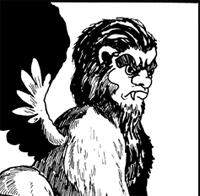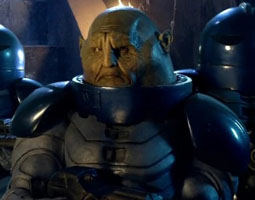 Nagas originate in Hindu mythology, in which they are magical beings that can take on various snake-like forms. Some appear as literal snakes and, indeed, the scientific name of the main cobra genus is Naja, based on the Sanskrit word for 'cobra'. Similarly, it's no coincidence that the feminine form of this word is "nagini" - although the exact English spelling can vary.
Nagas originate in Hindu mythology, in which they are magical beings that can take on various snake-like forms. Some appear as literal snakes and, indeed, the scientific name of the main cobra genus is Naja, based on the Sanskrit word for 'cobra'. Similarly, it's no coincidence that the feminine form of this word is "nagini" - although the exact English spelling can vary.Often capable of shape-shifting, mythic nagas can take on fully human or partially humanoid form, with the latter more usually resembling the yuan-ti and mariliths of D&D than the shape seen in the game (although this is not unknown). Nagas are generally said to be righteous, if not exactly benevolent, and are often set to guard the treasures of the gods, hence at least the 'guardian nagas' of D&D.





